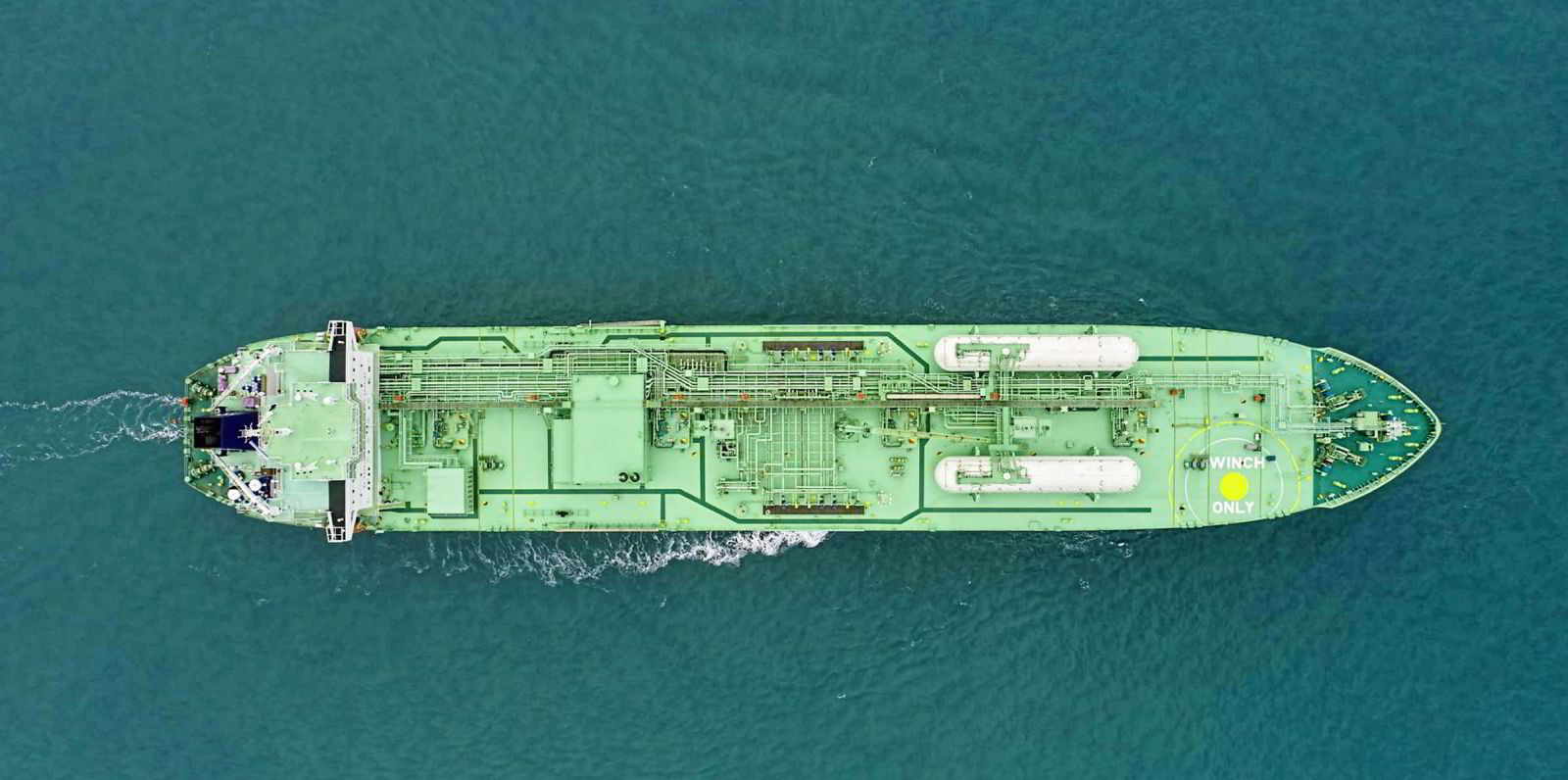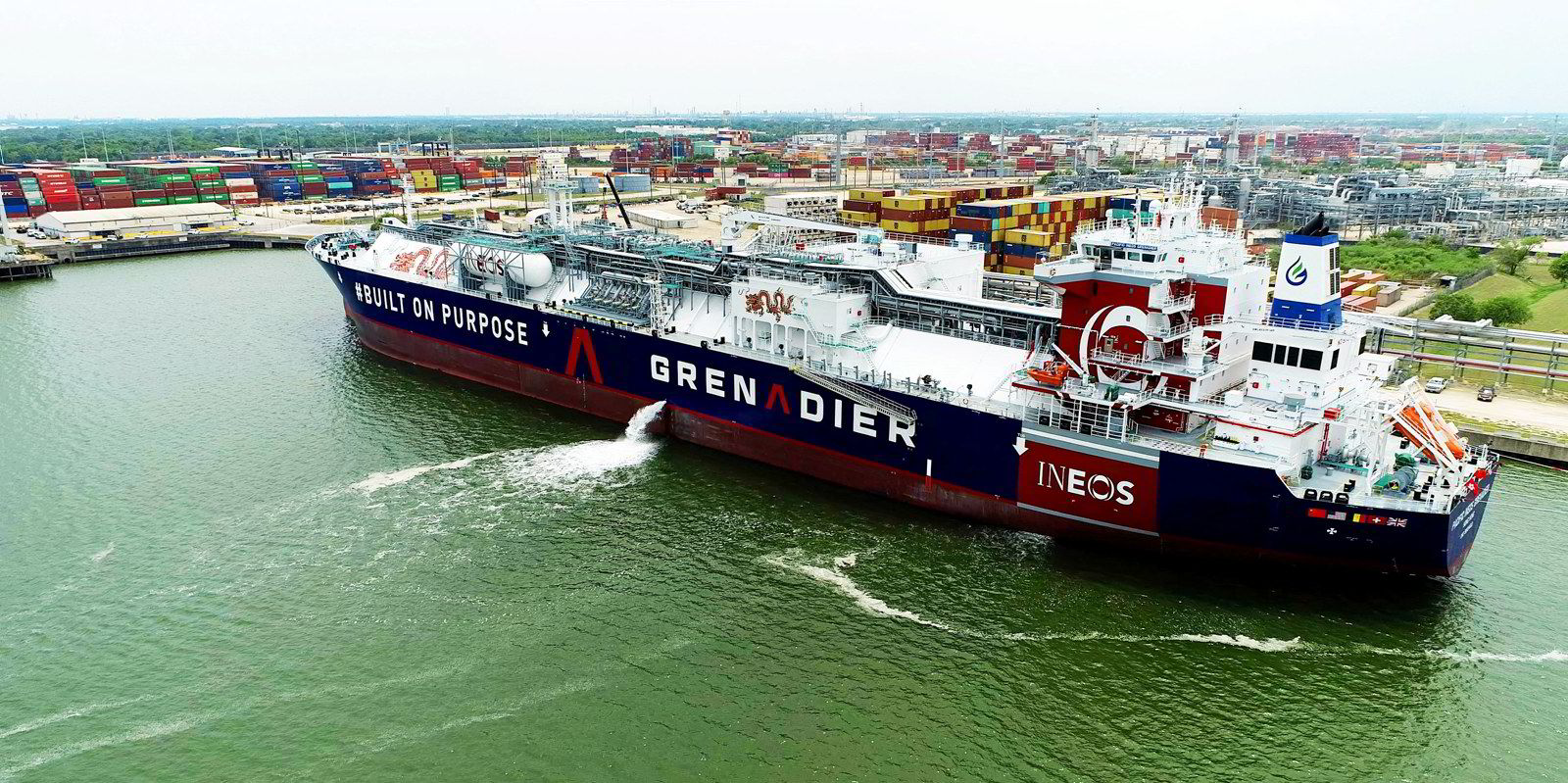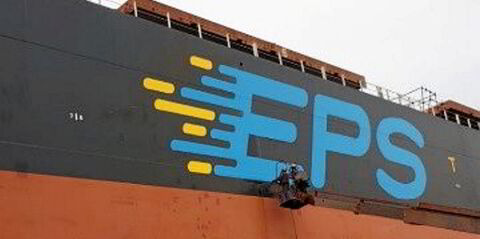LNG carriers are set to remain in short supply for the next two years and sky-high charter rates have still more headroom, according to one large independent shipowner.
Speaking at Capital Link’s Shipping & Marine Services Forum in London, Maran Gas Maritime commercial director Mark Terzopoulos said the current market is purely due to underinvestment in LNG shipping stretching back to 2017, and is not simply being driven by the energy situation resulting from the war in Ukraine.
Covid lockdowns and the cancellation of 175 US cargoes in 2020 had disguised what was happening, he argued.
As energy demand picked up, the industry suffered an aftershock with which it will be dealing for quite some time through into 2023 and 2024, Terzopoulos said.
“This situation of a tight LNG shipping market is going to progress,” he added.
He said the war in Ukraine was a “tipping factor” but has maybe masked an LNG shipping market that would have been even tighter, as shipments would probably have been going longer-haul from the US to Asia rather than moving to restock Europe.
The Greek executive said that while high charter rates are being reported, the vessels are not under shipowners’ control but rather under that of energy majors, traders and other charterers that sit on them rather than reletting them.
The market has developed so that all players are either long or short on shipping at the same time, which creates “extreme volatility” and sends rates “through the roof”.
Terzopoulos referenced charter rates on steam turbine vessels at $200,000 per day and those for tri-fuel diesel-electric ships at $350,000 to $400,000 per day.
“That’s still not as high as it can go,” he said, describing it as “quite a scary thought”, considering availability of supply.
More ships needed
Also on the panel, which was moderated by Stephenson Harwood partner Jon Cripps, Cool Company chief financial officer John Boots forecast a need to double the LNG carrier fleet.
He said the high newbuilding prices of around $250m will have a dampening effect on new orders, as rates are not supportive of such levels.
CoolCo sees an enormous demand for LNG ships in the long term, Boots argued.
But Lloyd’s Register global gas segment director Panos Mitrou said that by 2025 to 2026, the liquefaction plants will not be catered for by the industry’s capacity to build LNG carriers.
Even with shipyards coming into LNG carrier construction, he said, the projected demand for vessels cannot be met and the industry will need to deal with renewal requirements as well.
Mitrou was critical of yards and owners repeating designs, and said ships delivering in 2026 will have the same specifications as those drawn up in 2018.
Shipbuilding capacity is “almost saturated”, he said.
As the industry needs to meet decarbonisation targets, the “only other way out is technology developments”, such as onboard methane abatement and carbon capture, for the existing fleet.
“We don’t have any other option,” he said.
Also on the panel, Golar LNG chief financial officer Eduardo Maranhao said there is now a strong demand in the market to secure supplies.
He said floating LNG production will play a greater role as a quicker, cheaper option — at 50% to 60% of the $1,000-per-tonne cost of production at an onshore liquefaction plant.
Maranhao said FLNG would also act as a tool to bring in more players and help diversify supply.





